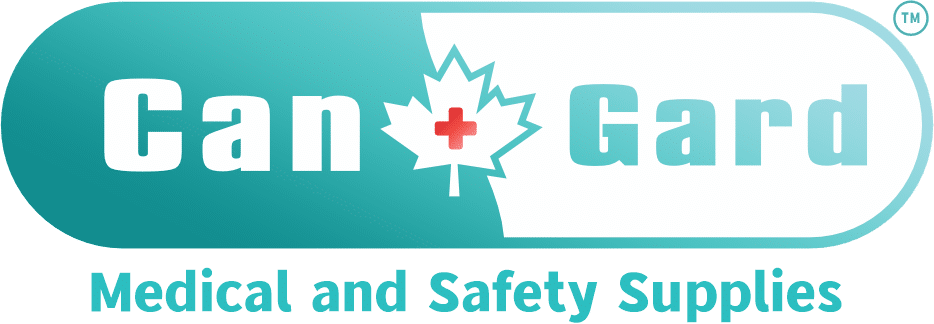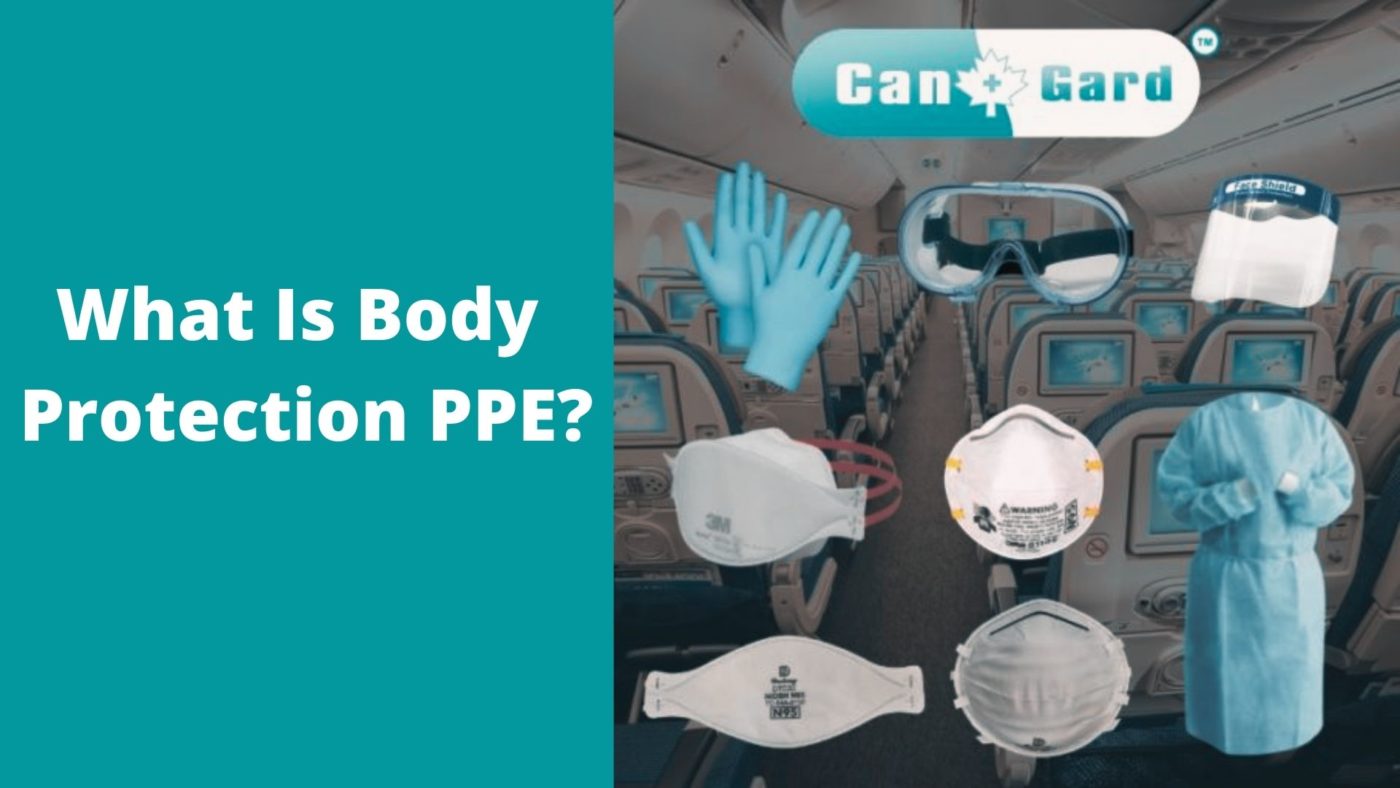First Aid/PPE
What is Body Protection PPE?
Body protection PPE is an essential part of any workplace safety plan. When you’re working in a hazardous environment, certain precautions will need to be taken to ensure your safety and the safety of those around you. One way to do this is by using body protection PPE such as gloves, masks, goggles, or other devices.
Personal protective equipment (PPE) for the body includes gloves, facemasks, and goggles. These items are designed to protect you from specific occupational hazards that may contact your skin, eyes, or mouth. However, some people might not know how much they’re exposed to these dangers daily – particularly without knowing about getting health insurance coverage online since this can help cover them in case of injuries due to an accident at work.
In this blog post, we will discuss what body protection PPE is and why it should always be used when appropriate.
What is PPE, and What Does it Do?
PPE stands for Personal Protective Equipment. It is the collection of clothing and equipment that individuals wear or carry to protect themselves from injuries in dangerous work environments. PPE can be gloves, goggles, masks, safety belts, and harnesses – anything worn on the body.
PPE does not have a specific job; it protects from hazardous materials or situations where injury may occur. For example: If you are working with chemicals that could irritate your skin, then you should wear nitrile gloves. Gloves will protect your hands so they don’t get irritated while also protecting those around you.
Why Should you Wear Body Protection PPE?
Wearing a PPE for body protection is essential to protect yourself, the people around you, and your company.
– Protects from hazardous materials or situations where injury may occur
– Important for personal protection
– Helps keep the cost of injuries down by providing a barrier between employees and potential contaminants
– Provides a physical barrier that can be monitored for hazards (i.e., pH level)
– High visibility clothing in the workplace helps ensure that you are recognized and seen by other workers. It also shows your commitment to safety which is essential for being a team player. This type of clothing will help keep you safe because it will be easier to identify than ordinary clothes, especially if hazardous materials are spilled on them.
– The key reason why high visibility clothing provides protection is that it stands out more and makes it easy to see where people are working at all times during operations with heavy machinery or near traffic lanes when walking through roadways, parking lots, or loading docks. Likewise, this type of clothing can make employees more visible while crossing roads so cars don’t accidentally hit them and pedestrians who may not know they are working in the area.
This type of clothing protects the worker from heat, cold air, or hazardous chemicals by providing a barrier that won’t let them contact these dangers. It also protects the skin because it can be made out of flame-resistant material to avoid burns, and holes don’t form when spilled liquids are absorbed into the fabric as cotton does. High visibility clothes protect workers and other people who may be around them, so they’re not at risk for injury or death themselves.
High visibility shirts should have reflective stripes on them, which will make any light reflect towards its sources, such as headlights, streetlights, or flash photography, so anyone viewing this shirt will know where you’re located no matter what time of day it is outside.
How to Choose the Right Type of Body Protection for your Work Environment?
Choosing the correct type of PPE is mainly dependent on the work environment. Businesses with a high risk for injury or death should invest in gear such as hardhats, gloves, and goggles to minimize risks.
What type of clothing do you need?
There are many different types of clothes to choose from depending on what your needs are. Still, it’s best to choose flame-resistant material so accidents with chemicals don’t result in burns because they can withstand temperatures up to 260 degrees Celsius without catching fire onto other things like fabrics can which creates holes when spilled liquids are absorbed into them as cotton does.
What else might be needed?
Some people may feel more comfortable wearing shoes with slip resistance if there’s a chance they’ll trip and get injured.
– PPE should be replaced as soon as possible when it becomes damaged, dirty, contaminated with bloodborne pathogens and other hazardous substances.
TIP: It’s essential to have the right equipment for your workplace, including comfortable shoes, gloves that fit correctly on all fingers, and a hard hat if there’s any chance of falling objects.
What about wearing glasses?
If you wear contact lenses, we recommend wearing protective eyewear because some chemicals can irritate eyes like ammonia gas which will cause eye irritation that could lead to infection from not keeping them clean afterwards by washing hands thoroughly after handling without contaminating eyes again during the removal process. However, people who don’t wear protective eyewear are less than five percent of all workers in the US.
Working in an area with high levels of airborne contaminants will most likely suffer from eye irritation, but the risk of developing clinical and chronic diseases is also higher.
When to Replace or Upgrade your Current Equipment?
It would be best to replace or upgrade your equipment when the lenses or respirator become soiled and can’t be cleaned. It’s also a good idea to check for damaged parts, such as cracks in goggles that might cause them to fog up.
Your body equipment should be replaced after a year or when it becomes too worn out to serve its protective function.
How to Maintain your New Equipment Properly to Stay Longer and is Safe for Use in any Environment?
The most important thing to do is establish a routine for cleaning your equipment when you need to replace it.
– Disinfect all surfaces with an appropriate disinfectant after each use or at least every week, whichever comes first.
– Don’t wear the same body protection PPE in different environments without washing them between uses.
Clean lenses and respirator filters often use only products designated explicitly as cleaners for those types of items.
Working in areas where there might be high levels of airborne contaminants will likely cause eye irritation, but the risk of developing clinical and chronic diseases also increases.
Common Misconceptions About Wearing PPE
– “If I’m in a low-risk area, I don’t need to wear anybody’s protection at all.”
The fact that the risk is lower does not mean you can skip PPE. The best way to protect yourself against chemicals and other hazards are by using appropriate equipment with good fit and high levels of protective coverage.
– “I only have two pairs of gloves, so they should be clean enough.”
You will want to change your gloves every time you go into a different hazard zone unless it’s necessary for both tasks. Remember that even if one glove has been appropriately cleaned after taking off the first pair, there could still be small amounts of contaminants on the surface from previous use.
Thoughts
People should wear PPE when working in an area with high-level airborne contaminants because it can lead to eye irritation or disease. This includes glasses (if you wear contact lenses) that are comfortable enough for use all day long, gloves that fit correctly on all fingers, a hard hat if there’s any chance of falling objects, and comfortable shoes. There’s also protective eyewear which most people who don’t work while wearing them only make up five percent of workers in the US. Most importantly than anything else, your safety comes first! Remember these tips every time before heading out to work.

